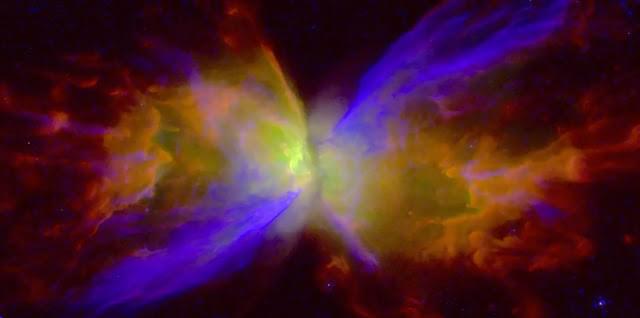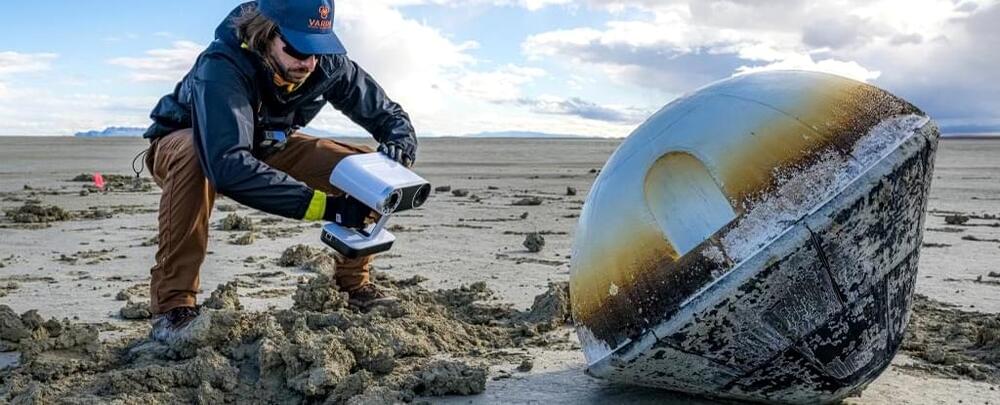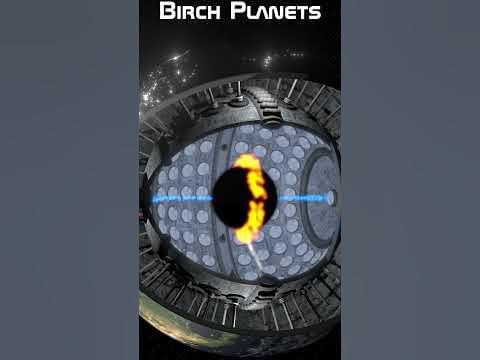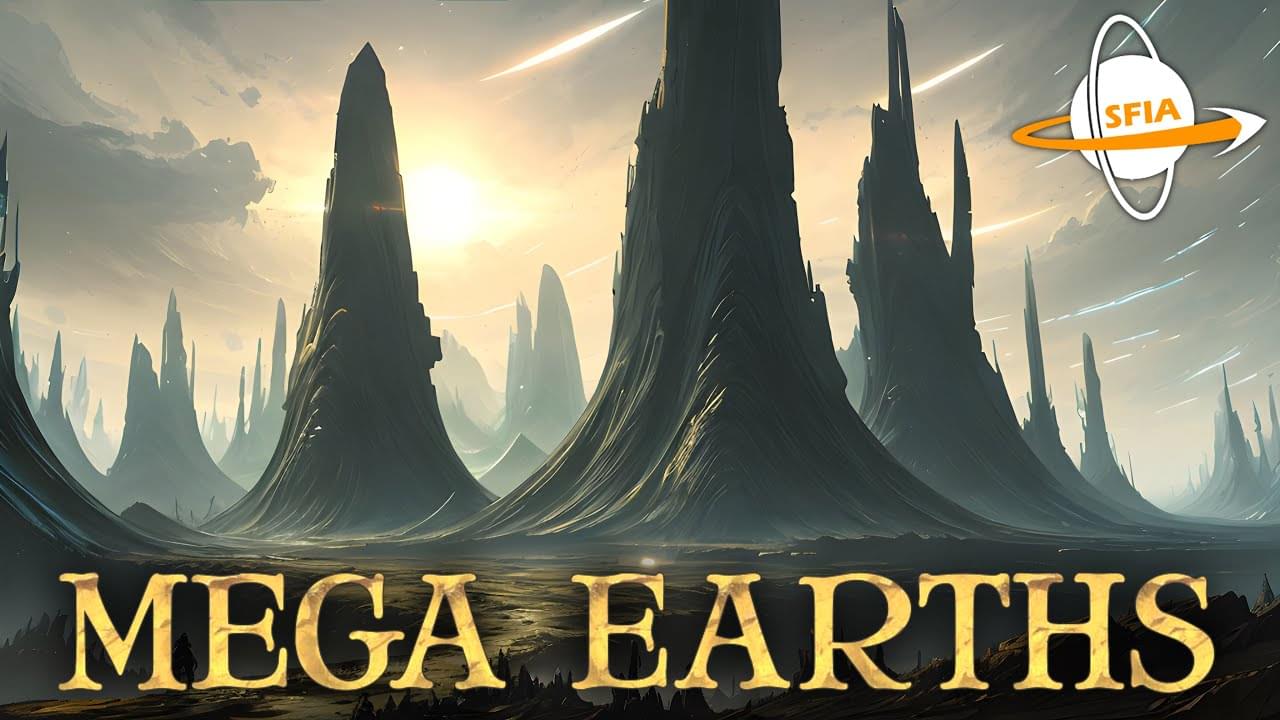Feb 26, 2024
New Research Shows That Something Strange Is Going On in the Butterfly Nebula
Posted by Shubham Ghosh Roy in categories: energy, materials
When red giant stars run out of helium fuel and expel their outer layers to become hot, compact white dwarf stars that are roughly the size of Earth, planetary nebulae are created. As the carbon-enriched shed material is gradually blasted into the interstellar medium, it produces magnificent patterns.
The majority of planetary nebulae are circular, but others, like the well-known “Butterfly Nebula,” have an hourglass or wing-like appearance. These structures are thought to be the consequence of the material expanding into two lobes or “wings” due to the gravitational attraction of a second star circling the parent star of the nebula. The wings develop over time without altering their initial form, much like an expanding balloon.


















